
What’s scarier for Canadian communities — floods, or flood maps?
When maps showing areas most likely to flood are outdated, it puts people and property...
Three years after starting construction on a gas pipeline in northern B.C., Calgary-based energy giant TC Energy has begun to drill and lay pipe under the Wedzin Kwa (Morice River) on Wet’suwet’en territory.
The river crossing, about 63 kilometres south of the town of Houston, has been the focal point of conflict between the pipeline company and Indigenous land defenders and their supporters, who argue the company did not receive Free, Prior and Informed Consent to build the Coastal GasLink project. In the fall of 2021, land defenders occupied the drill site for more than 50 days in an attempt to stop the company from drilling under the river. In November, RCMP conducted a series of raids, arresting more than 30 people and paving the way for the company to resume construction. The company told The Narwhal it has safely completed “eight out of 10 major watercourse crossings” to date.
“We will never stop defending our yintah [territory] the way our ancestors have done for thousands of years,” Gidimt’en Camp, a growing village site near the confluence of the river and Ts’elkay Kwe (Lamprey Creek), wrote in a Sept. 18 press release. “The pipeline will never be put into service.”
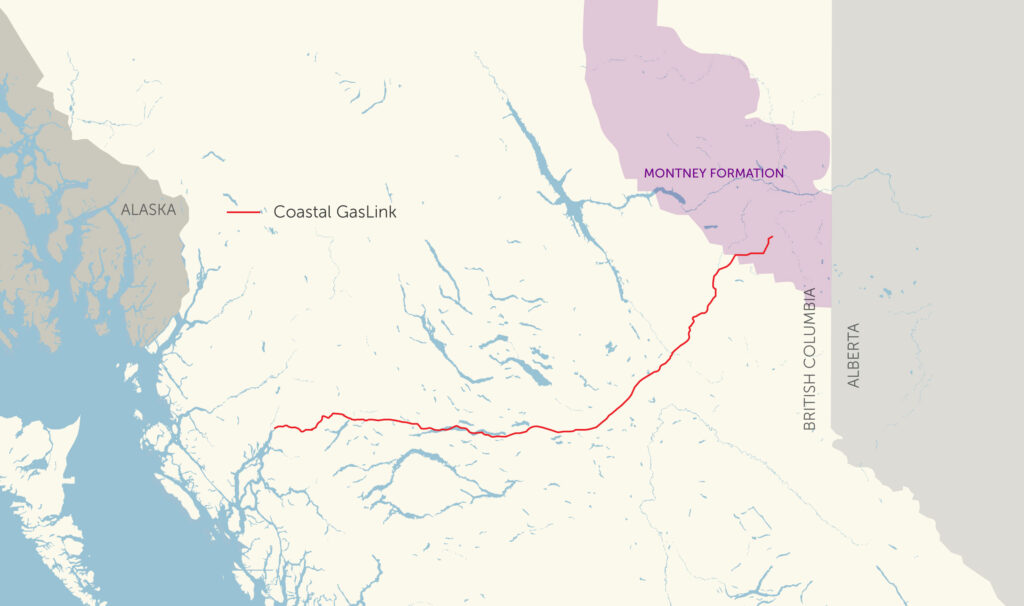
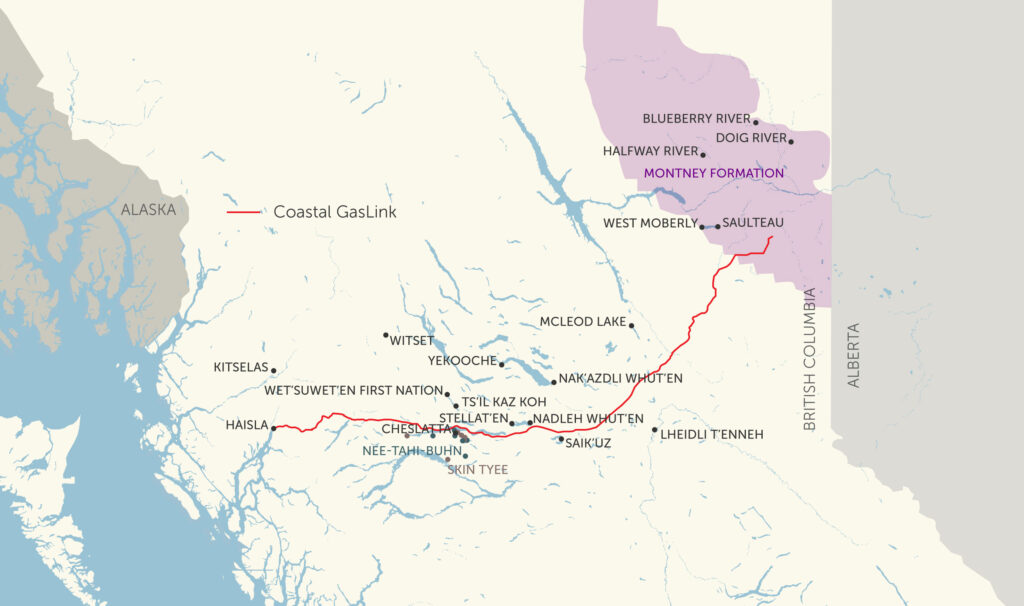
Elected councils are in essence municipal governments, with a mayor and councillors, overseeing things like local bylaws, construction permits and zoning. In Lax Kw’alaams, a northwest coast Indigenous community, the elected government uses the term “mayor” but most nations across the province use “chief” or “elected chief.”
The system that governs reserve lands was forced on Indigenous Peoples through the Indian Act. The 19th century legislation criminalized Indigenous cultural practices and formally authorized residential schools, where thousands of children died and countless more suffered horrifying abuse.
As a B.C. Supreme Court judge recently wrote in a ruling on a case between the Saik’uz and Stellat’en First Nations and Rio Tinto Alcan: “The legacy of 150 years of systemic discrimination and attempted assimilation is bleak and intractable. It has resulted in cultural erosion and alienation, relentless intergenerational trauma and socio-economic marginalization.”
While parts of the legislation have been amended since it was first enacted, the Indian Act remains in effect today and continues to provide the framework for how elected councils operate and the jurisdiction they have.
The bands’ agreements with the pipeline company are confidential but elected councils also signed agreements with the province. Those documents are public. In return for an initial payout and the promise of more when the project is completed, councils were required to sign a clause effectively surrendering constitutionally protected rights.
By supporting the project the nations agreed “not to bring any court actions or proceedings that directly or indirectly challenge any government actions in relation to the natural gas pipeline project on the basis that the province has infringed any … rights recognized and affirmed” by the Constitution Act.
The province told The Narwhal it attempted to reach an agreement with the Wet’suwet’en Hereditary Chiefs during the environmental assessment process. It noted the Office of the Wet’suwet’en, an administrative non-profit that operates under the leadership of the Hereditary Chiefs, is the “appropriate entity for consultation purposes” but said B.C. was unsuccessful in its attempts, instead completing agreements with band councils.
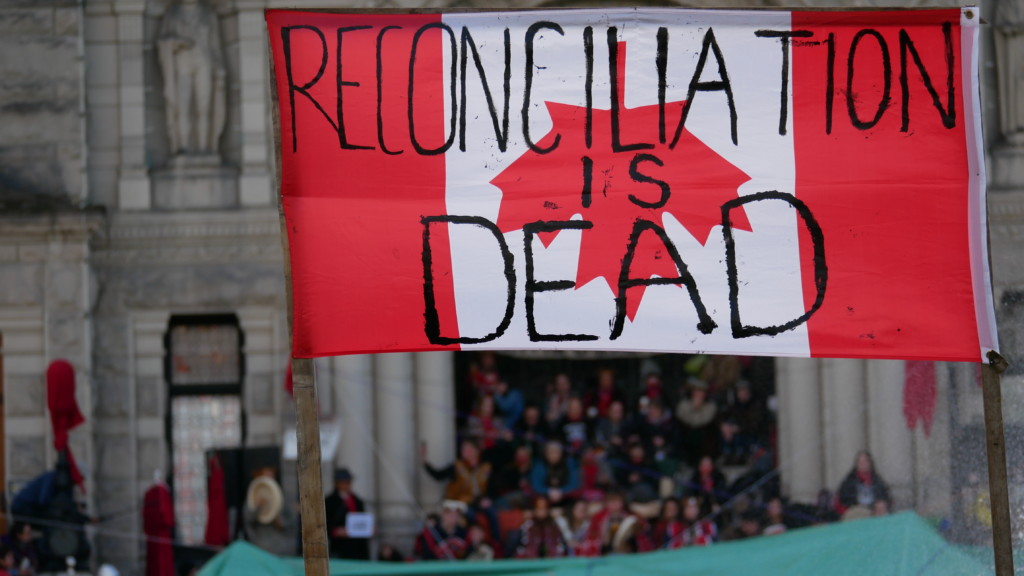

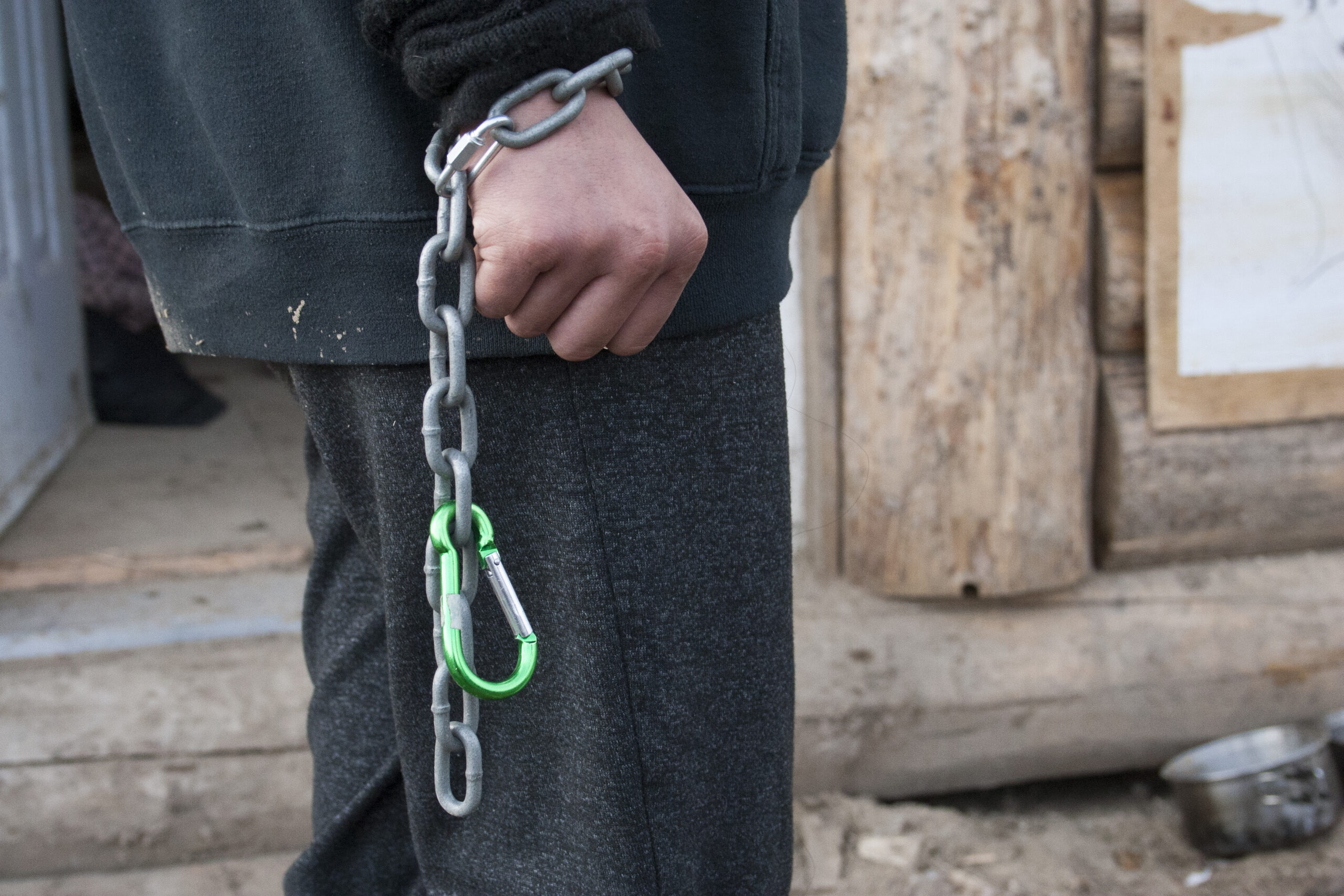
Recently, 16 of the 20 First Nation governments with existing agreements — a mix of bands and treaty nations — signed equity agreements with the company securing an option to purchase a 10 per cent ownership stake of the project if the pipeline is completed. While the project is expected to go significantly over-budget, this could provide economic support sorely needed by communities that continue to face disproportionate levels of poverty and socio-economic challenges.
“It’s long-term predictable income for the nation that’s reliable,” Justin Napoleon, elected chief of Saulteau First Nations, told The Narwhal. “It’s basically utility: if there’s gas flowing, the pipeline’s going to get its fees.”
Saulteau is a Treaty 8 nation and Napoleon said working with industry provides benefits to his community, which has borne the brunt of decades of heavy industrialization.
“We’re already living with all of the impacts from the industry up here,” he said. “But we’ve never been offered the option for equity in these giant projects that come through the area.”
“For me, it’s always a balance of trying to balance the economic needs of the nation with the Treaty Rights and environmental protections that are so important to us.”
But for Robert Michell, elected chief of Stellat’en First Nation, signing an agreement with the pipeline company has not led to benefits that were originally promised.
“For what we’re giving up, we’re definitely not happy with it,” he said. “Maybe some First Nations are doing very well by the pipeline. I mean, monetarily, they’ve probably gained employment, gained money, they gained a bunch of other stuff. But, unfortunately, some of the other First Nations along the line are not as fortunate.”
TC Energy did not directly answer questions about how it disperses benefits along the pipeline route, but told The Narwhal in an email the Coastal GasLink project has provided over $1.4 billion in contracting opportunities to Indigenous and local communities and noted 6,000 workers were employed this summer.
“We have hosted 45 economic summits and job fairs to match local and Indigenous individuals and businesses with career opportunities,” the company wrote. “Since 2014, we have provided 590 bursaries and scholarships to post-secondary institutions in northern B.C., with 267 awarded to students identifying as Indigenous.”
Michell said the concerns of his community have not been addressed.
“There has not been a meeting within the 20 First Nations to sit down and say, ‘Hey, how’s things going with CGL? Are you guys still happy? Are you sad about some parts of it? Are they fulfilling obligations?’ That hasn’t happened.”
“CGL is in the media quite a bit over spills and all the other stuff,” he continued. “None of those questions are really answered — you’re always kind of pushed back to say, ‘Oh, our person that’s looking after that particular section of pipeline, our native liaison person, will get back to you on that.’ ”
Prior to colonization, Indigenous Peoples made decisions about land, water and communities through existing governance systems and laws. On Wet’suwet’en territory, those laws are called Anuc’nu’at’en, and are upheld by Dinï ze’ and Tsakë’ze (Hereditary Chiefs).
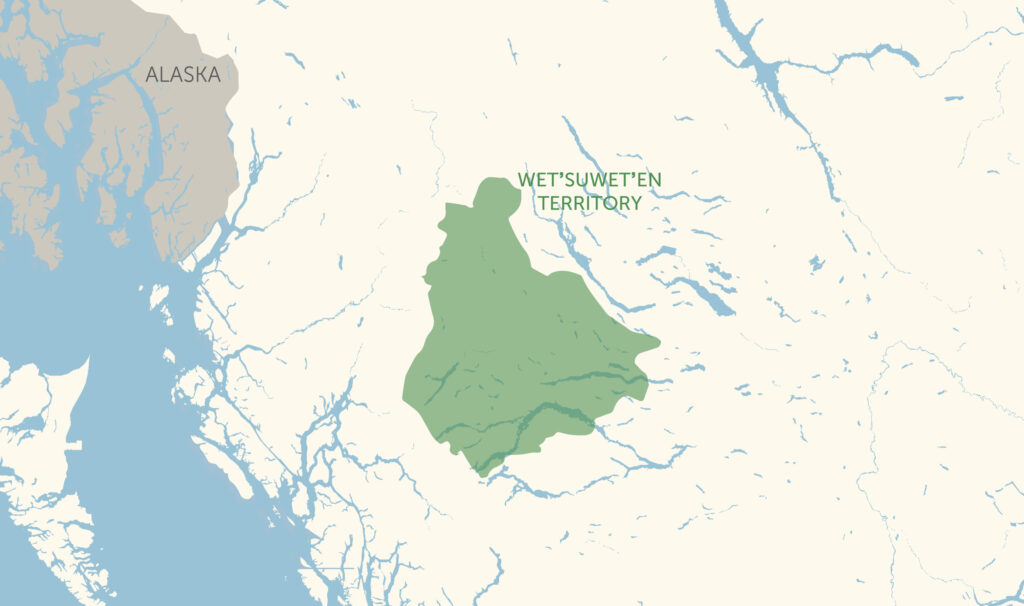
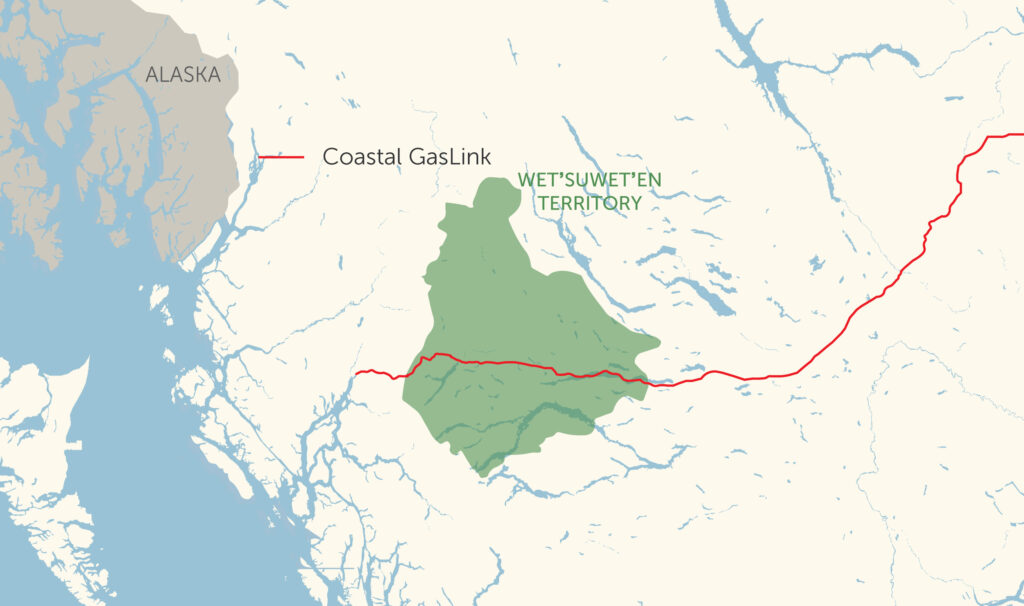
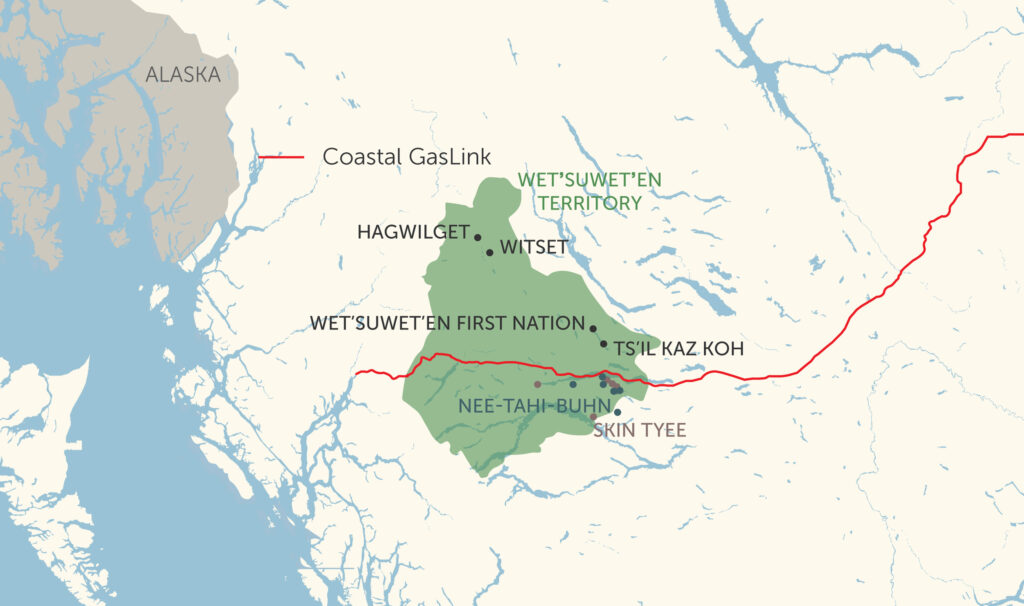
The hereditary system is, like all forms of government, complex.
The Wet’suwet’en Nation consists of five clans — Gidimt’en, C’ilhts’ëkhyu, Likhsilyu, Tsayu and Likhts’amisyu — and each is made up of a number of houses. Each house has a chief, who is responsible for decisions about the house territory. If decisions impact multiple territories, multiple chiefs make decisions together.
All decisions reflect the positions of the chiefs’ members — which include elected chiefs and councillors — and are made in the balhats, or feast hall. Similarly, any conflicts that need to be resolved are addressed in the balhats and there are complex and specific protocols that govern all decisions.
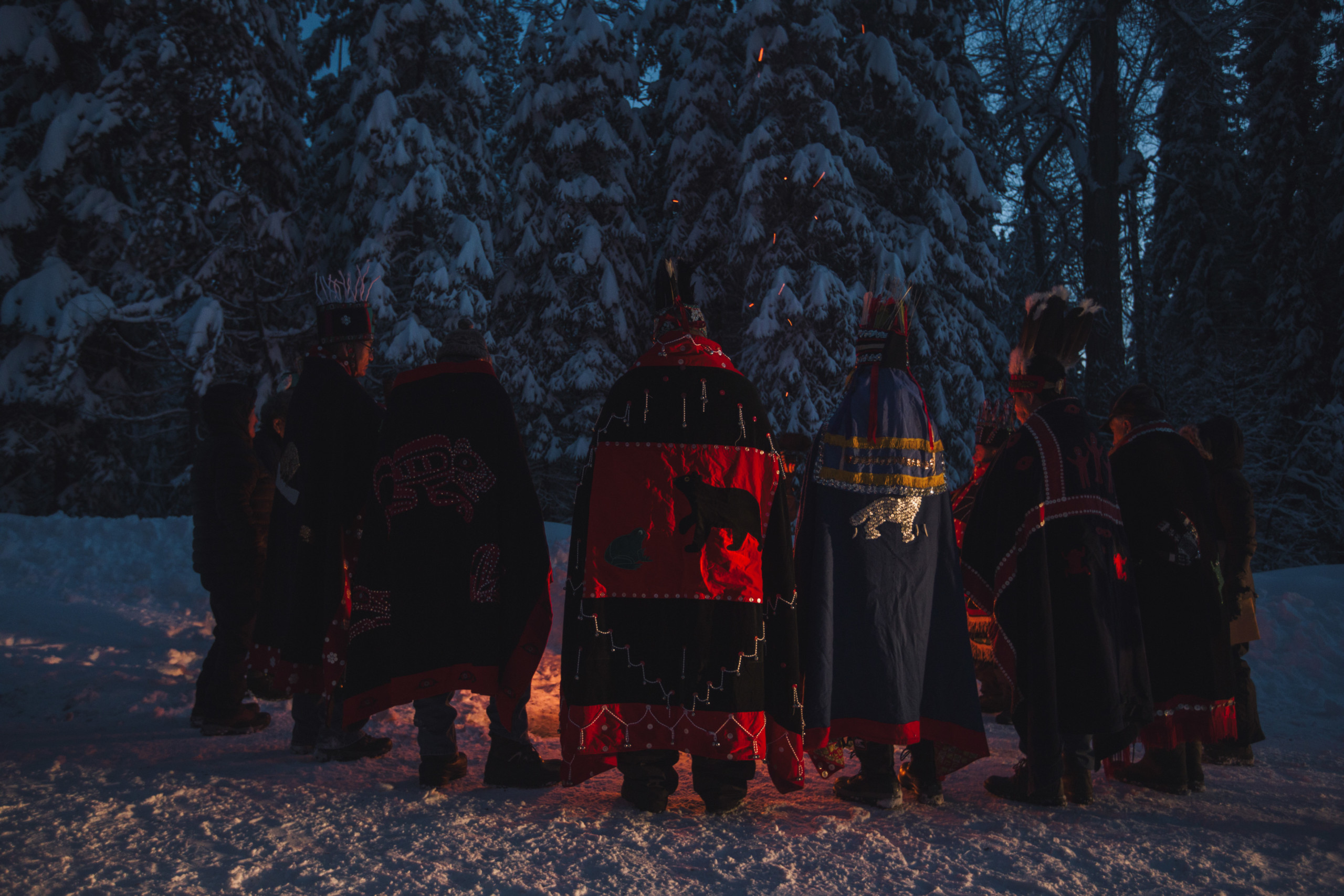
“In my case, as a council member of Hagwilget village I’m not just functioning as a councillor, I still belong to a house group, a wilp,” Stoeppler said. “That makes it very complicated and also very easy at the same time.”
“They all have a voice in our feast hall, they all have a voice as clan members, but as elected officials, they’ve got to stay within the boundaries of what that elected position is for,” Dinï ze’ Na’moks explained. “They are there for the infrastructure of that reserve, not beyond. You don’t see a mayor and council telling the province or Canada what to do.”
“Since the beginning of the project, Coastal GasLink has sought to engage and consult with the Wet’suwet’en Houses through the Office of the Wet’suwet’en and the elected leadership,” TC Energy told The Narwhal in a written statement. “We want to listen and seek meaningful ways to address interests and concerns including ensuring the pipeline is built under the Morice River using the safest technology available.”
None of the other five band councils responded to The Narwhal’s requests for comment.
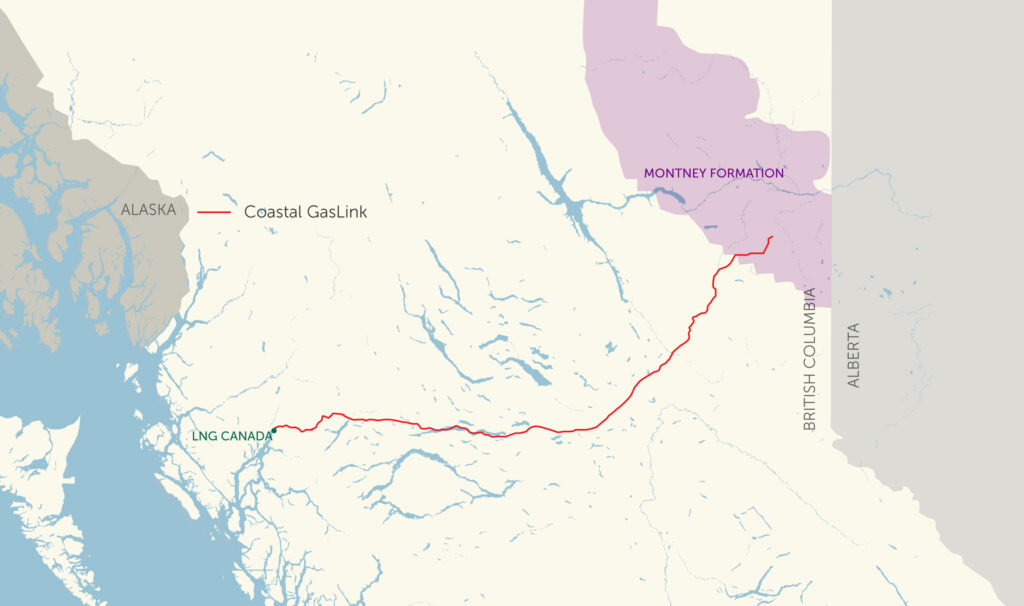
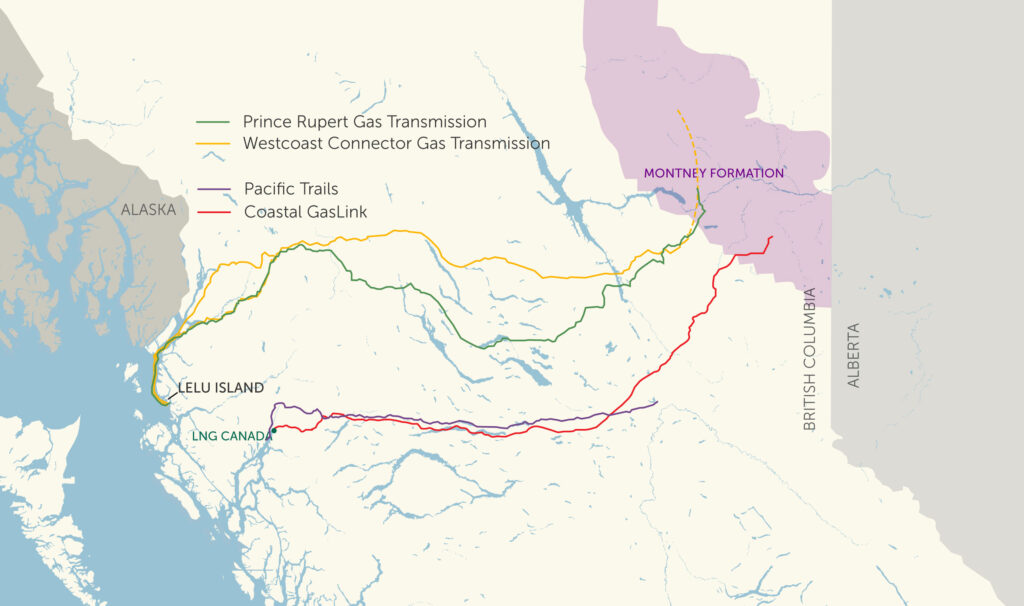
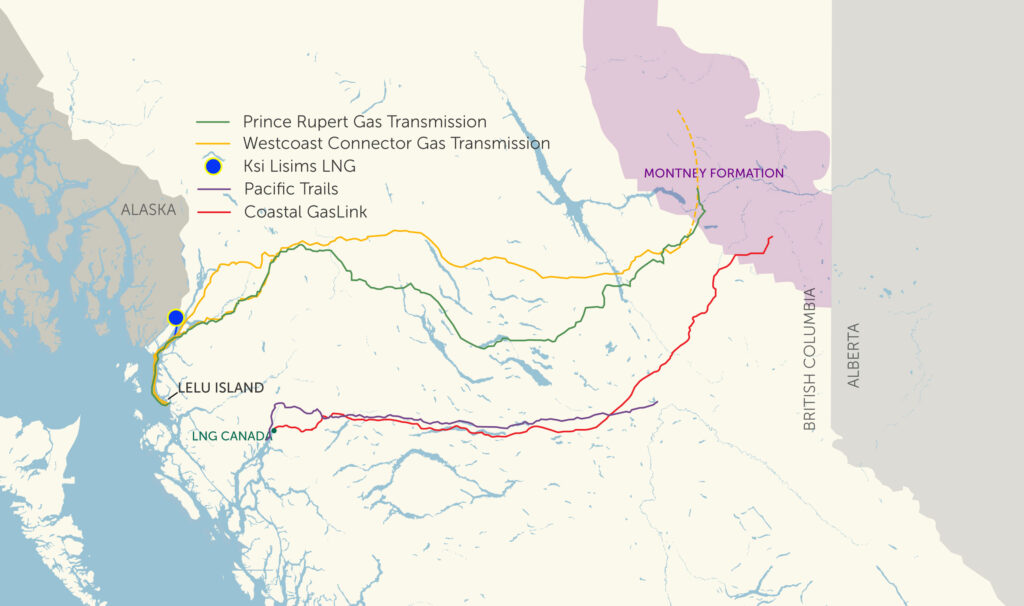
What is true on Wet’suwet’en territory is not true everywhere. Governance is complex and individual nations have the right to decide what structures they want to uphold. As the United Nations Declaration on the Rights of Indigenous Peoples clearly states, “Indigenous peoples have the right to self-determination. By virtue of that right they freely determine their political status and freely pursue their economic, social and cultural development.”
Data used to produce maps was compiled from publicly available sources, including provincial and federal databases and the B.C. Oil and Gas Commission. The Narwhal strived to ensure accuracy but territory boundaries are only an estimate as they are often disputed due to the ongoing impacts of colonization.
Updated on Oct. 6, 2022, at 10:42 a.m. PT: This article was updated to note the Wet’suwet’en governance structure is not true for all nations.
Enbridge Gas will face Waterloo Region in a hearing before the Ontario Energy Board to renew an agreement that would allow the company to continue...
Continue reading
When maps showing areas most likely to flood are outdated, it puts people and property...

We’re suing the RCMP for arresting a journalist on assignment for The Narwhal. It’s an...

As glaciers in Western Canada retreat at an alarming rate, guides on the frontlines are...